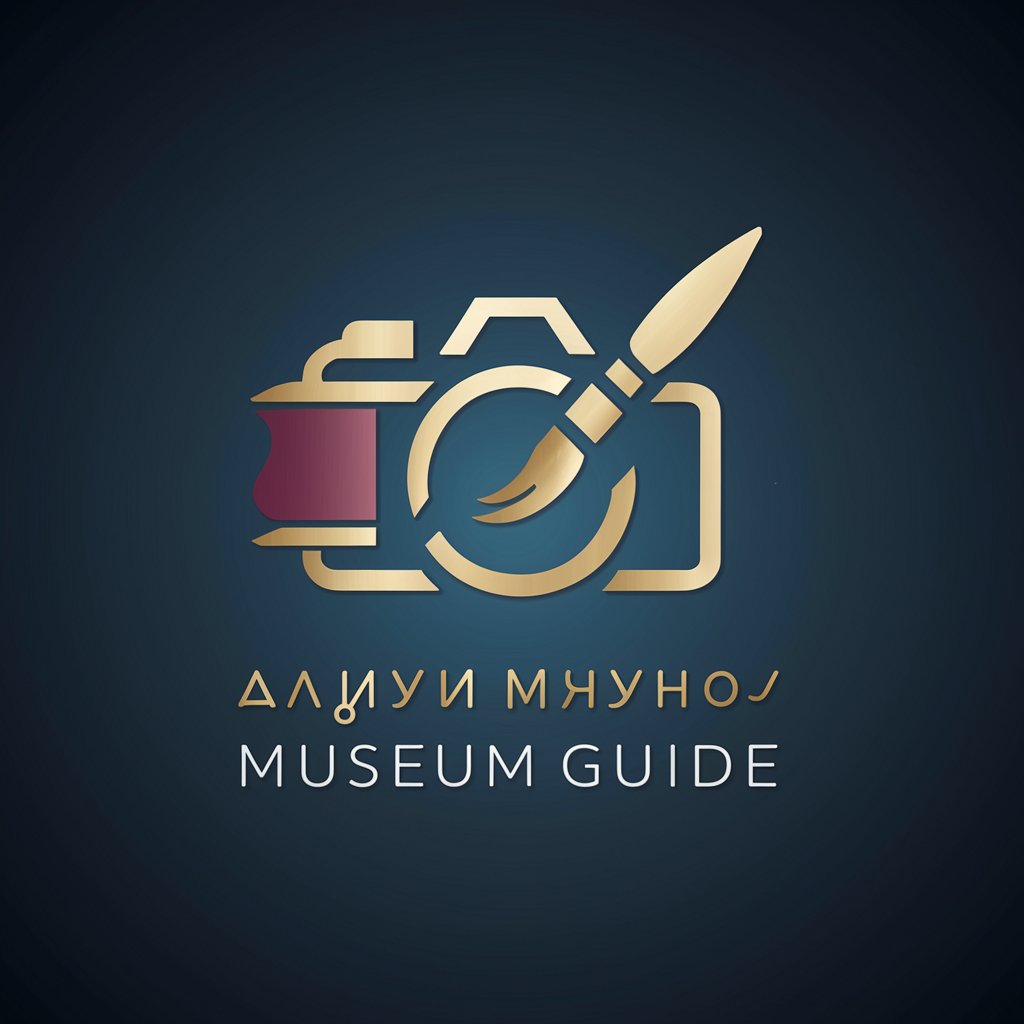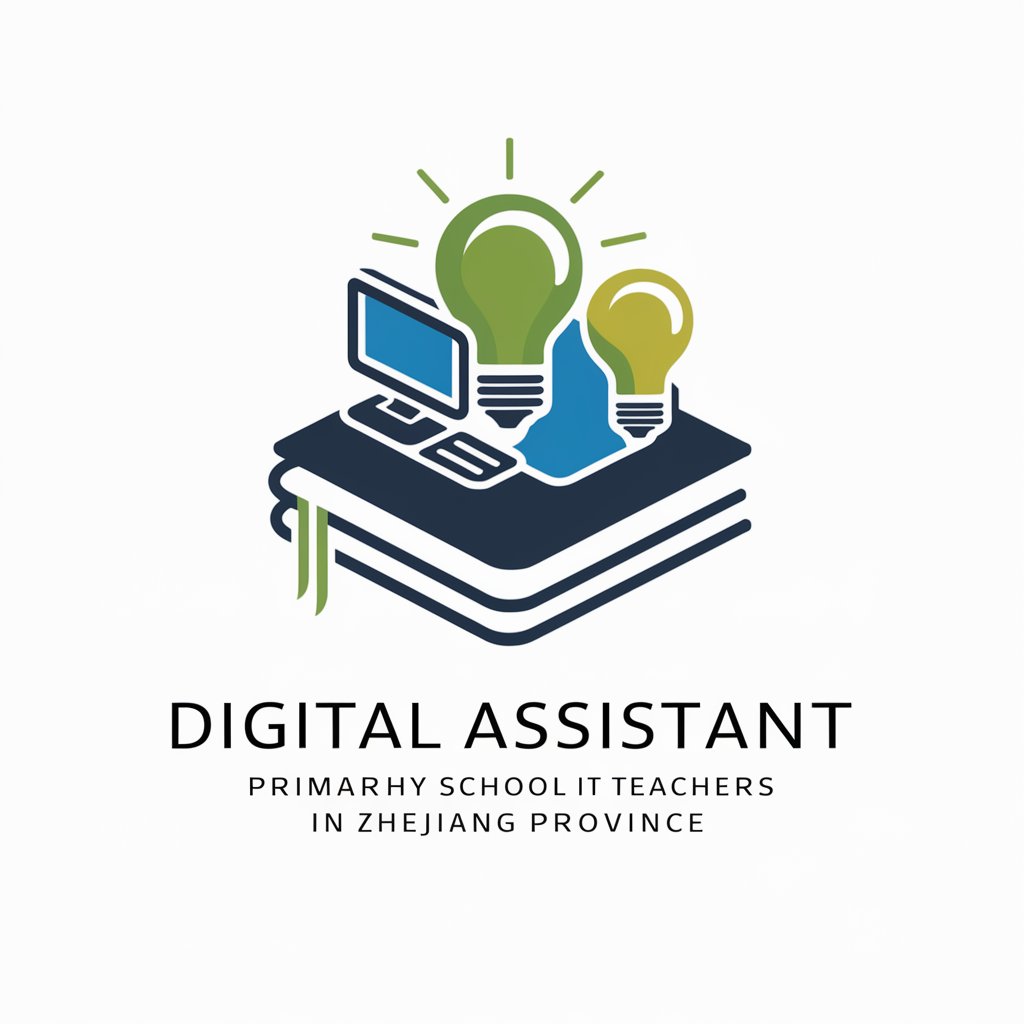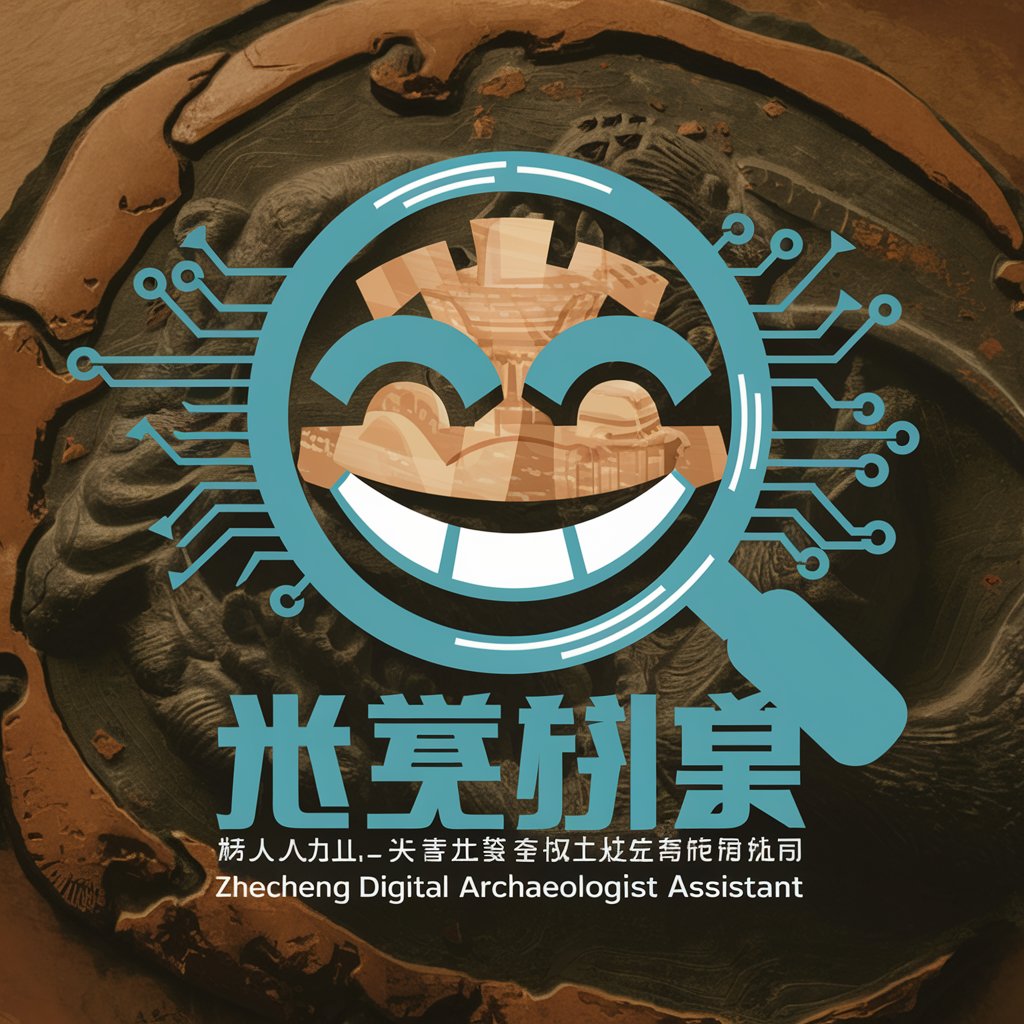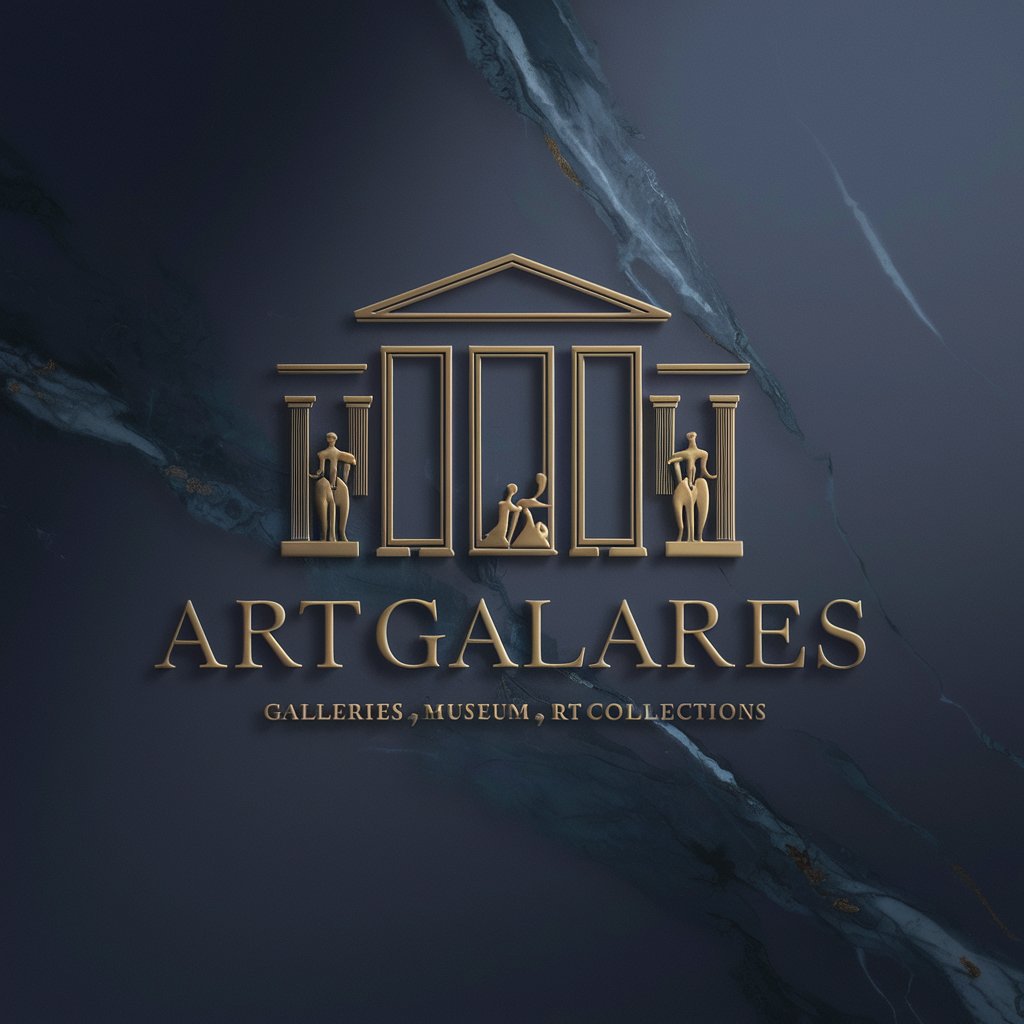
浙江省博物馆 - Interactive Museum Guide
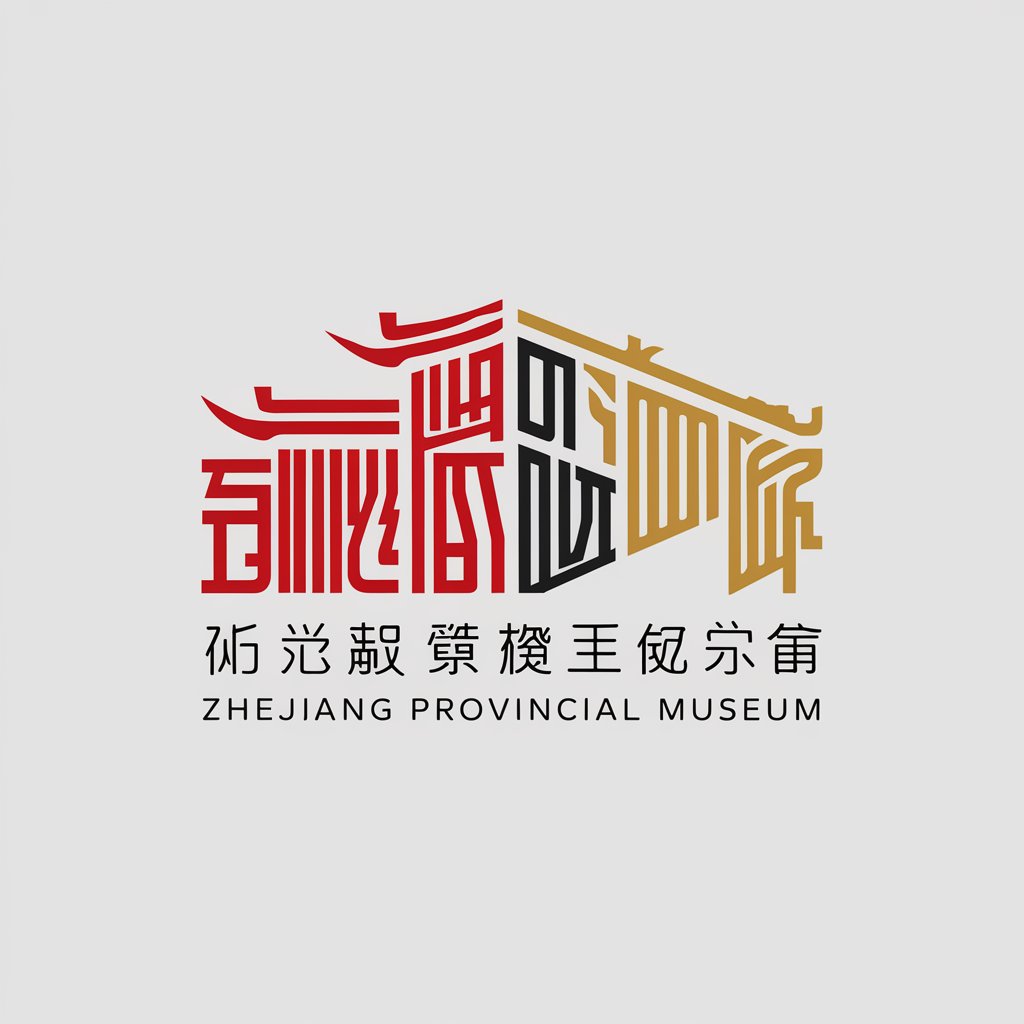
Welcome to the Zhejiang Provincial Museum's virtual guide.
Discover history with AI-powered insights
Tell me about the history of the Zhejiang Provincial Museum.
What are the most famous artifacts in the museum?
Can you recommend an exhibit that showcases ancient Chinese calligraphy?
What is the significance of the bronze artifacts in the museum?
Get Embed Code
Introduction to Zhejiang Provincial Museum
The Zhejiang Provincial Museum, located in the scenic area near the West Lake of Hangzhou, Zhejiang Province, is one of China's most prestigious and oldest museums, established in 1929. It's designed to preserve, research, and exhibit the rich cultural heritage and history of Zhejiang province, showcasing a wide range of collections that span from ancient ceramics, paintings, and calligraphy to bronze ware and jade artifacts. The museum not only serves as a custodian of historical treasures but also as an educational and cultural institution, offering insights into China's extensive history, art, and traditions through its collections. For example, the museum houses notable items such as the celadon ware from the Song dynasty, which exemplifies the peak of Chinese ceramic technology and aesthetics. Through various exhibitions and educational programs, it provides a platform for cultural exchange and learning, engaging visitors with both permanent and temporary exhibits that highlight the historical progression and artistic achievements of the region. Powered by ChatGPT-4o。

Main Functions of Zhejiang Provincial Museum
Exhibition of Cultural Relics and Artworks
Example
Displaying ancient ceramics, bronzes, and paintings that trace back to different dynasties, such as the celadon ware from the Song Dynasty.
Scenario
A visitor interested in the evolution of Chinese ceramics can explore various exhibitions showcasing pieces from the Neolithic period to the Qing Dynasty, understanding the technological and aesthetic advancements over centuries.
Educational Programs and Cultural Events
Example
Organizing lectures, workshops, and interactive tours focusing on traditional Chinese art, culture, and history.
Scenario
School groups or individuals interested in learning more about traditional Chinese painting techniques can participate in workshops led by experts in the field, providing hands-on experience and deeper understanding.
Research and Preservation
Example
Conducting research projects on the conservation of ancient textiles and publishing findings on the museum's digital platforms.
Scenario
Researchers working on the preservation of ancient textiles can access the museum's extensive database for reference materials, collaborate on conservation techniques, and share their findings through the museum's publications.
Ideal Users of Zhejiang Provincial Museum Services
History and Culture Enthusiasts
Individuals with a keen interest in Chinese history, art, and culture will find the museum's collections and exhibitions particularly enlightening. The museum offers a deep dive into the historical narratives and artistic developments of Zhejiang Province and China as a whole.
Educators and Students
Teachers seeking to enrich their curriculum with historical and cultural content will find the museum's educational programs and resources invaluable. Students, from elementary to university level, can benefit from interactive learning experiences that complement their academic studies in history, art, and cultural studies.
Researchers and Academics
Scholars and academics focusing on Chinese history, archaeology, art history, and cultural studies will benefit from the museum's research facilities, collections, and collaborative opportunities. The museum serves as a valuable resource for conducting research, accessing primary sources, and engaging in scholarly exchange.

How to Use 浙江省博物馆 Virtual Guide
1
Visit yeschat.ai for a trial that requires no login or subscription to ChatGPT Plus.
2
Select the language of your preference between Chinese and English for a tailored experience.
3
Navigate to the 浙江省博物馆 section to explore its features, including artifact queries, historical context, and exhibit recommendations.
4
Use the interactive guide by inputting questions or keywords related to specific exhibits or areas of interest within the museum.
5
For an optimized experience, provide detailed queries and specify your interests for personalized tour recommendations and historical insights.
Try other advanced and practical GPTs
创新旅馆
Powering hotel innovation with AI
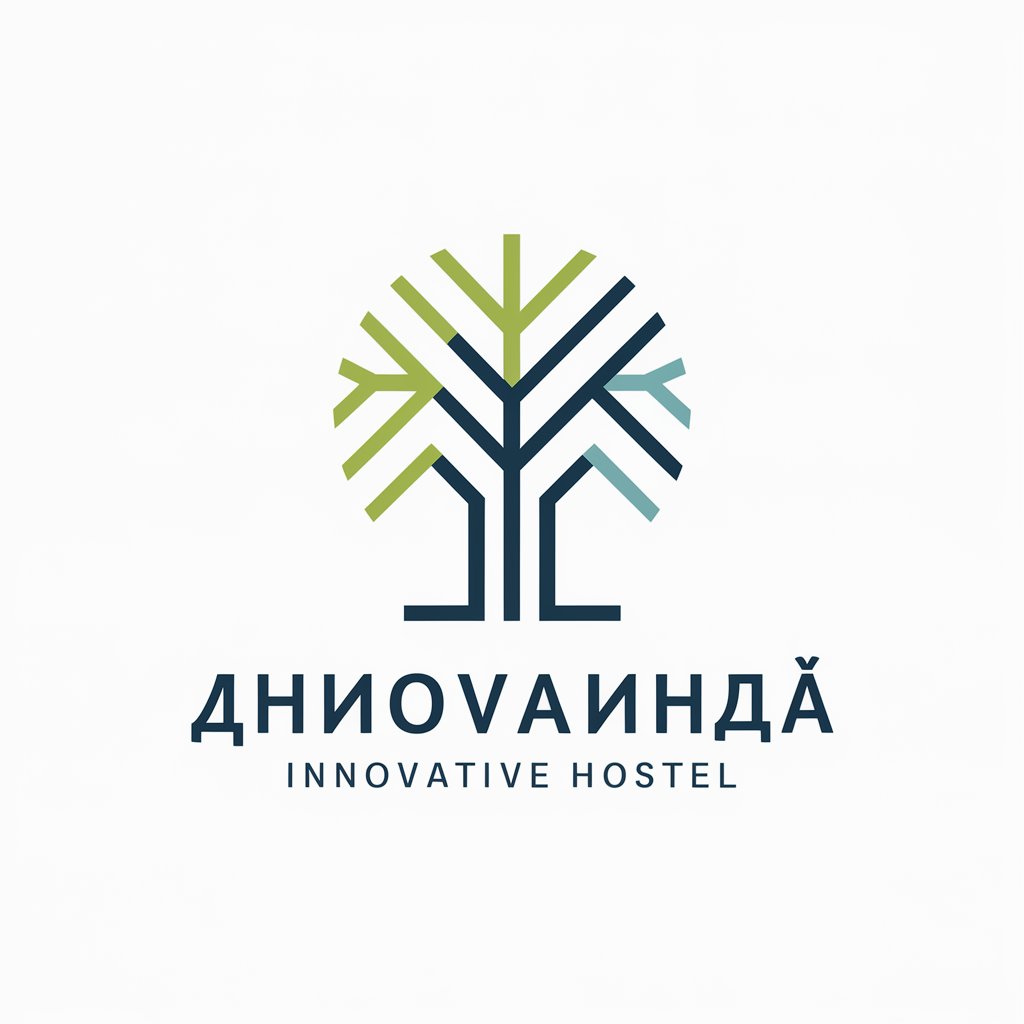
西餐大师
Master Western cuisine with AI-powered guidance.

东京餐厅指南
Discover Tokyo's Best Eats, AI-Powered
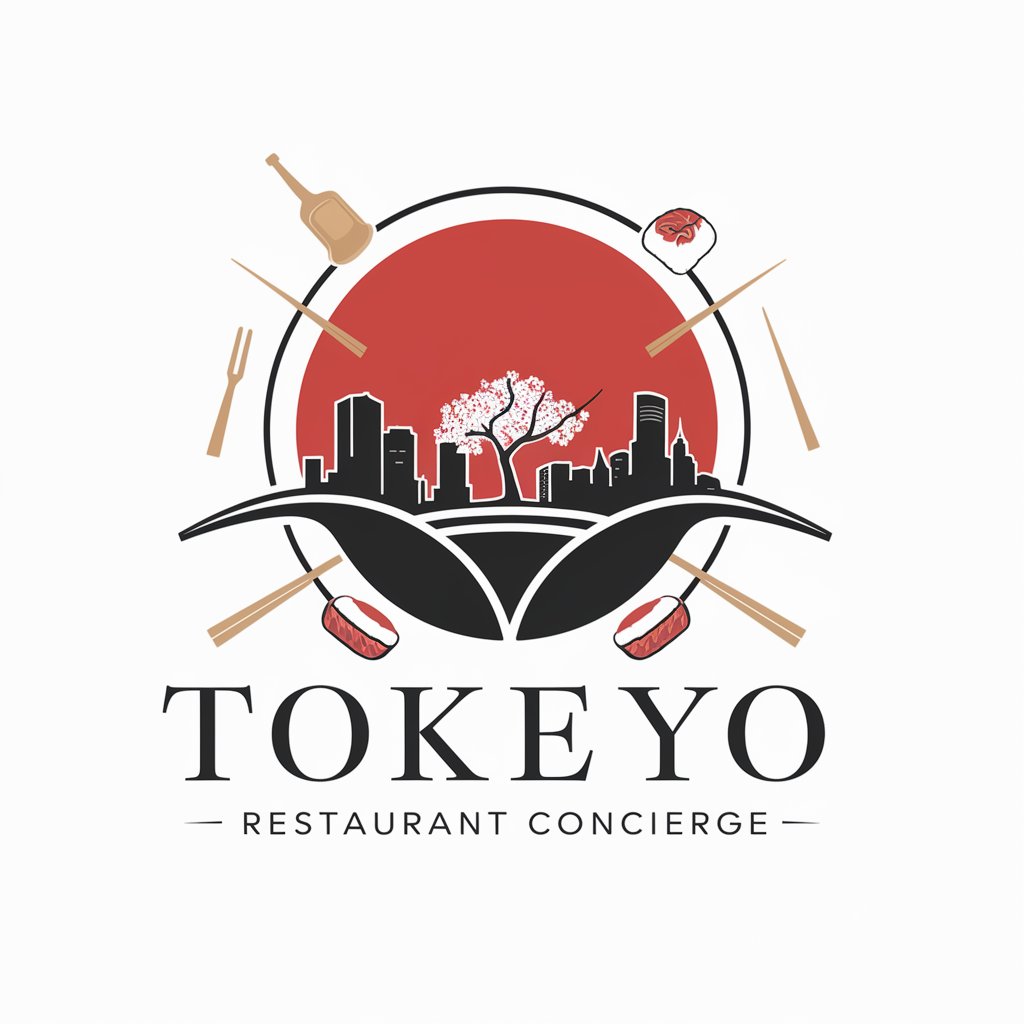
餐點助手
Simplify your dining with AI-powered recommendations.
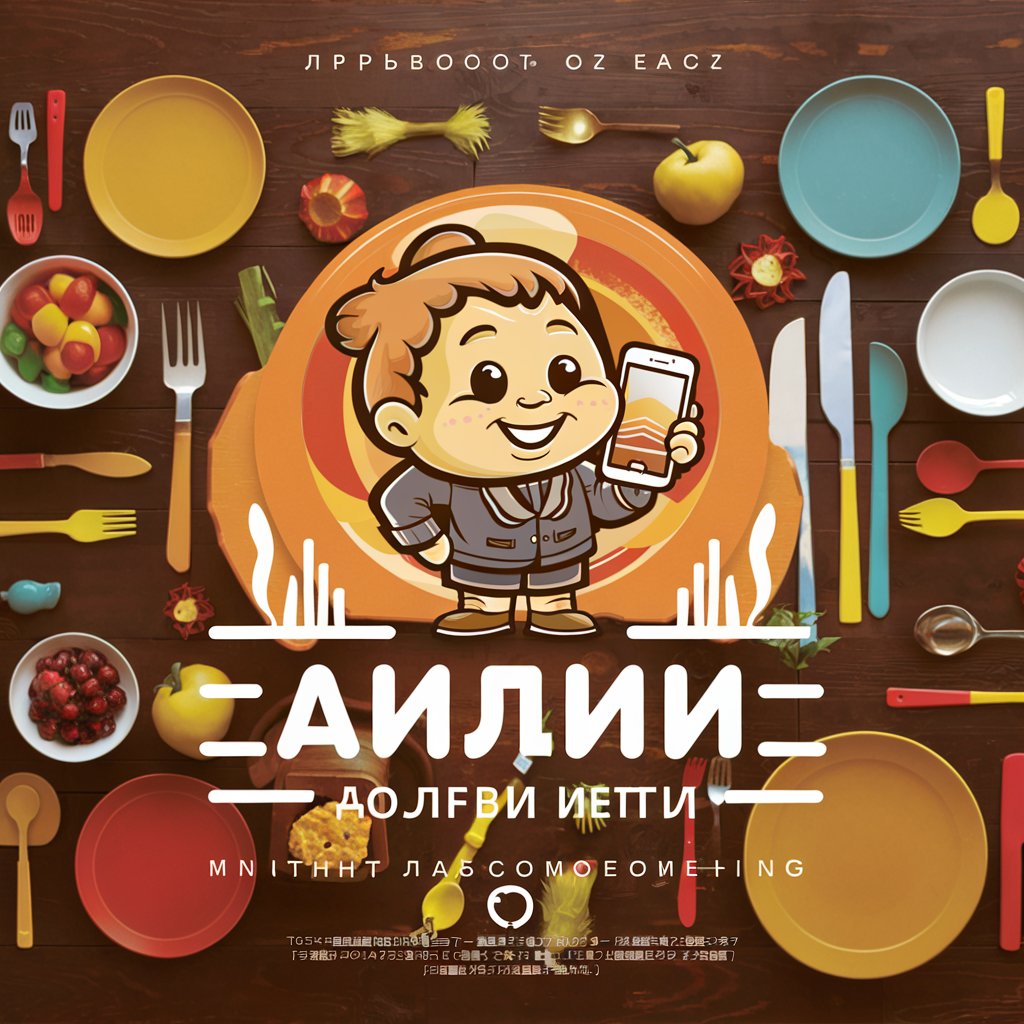
渐行渐远的红利
Navigating China's Economic Transition with AI-Powered Analysis
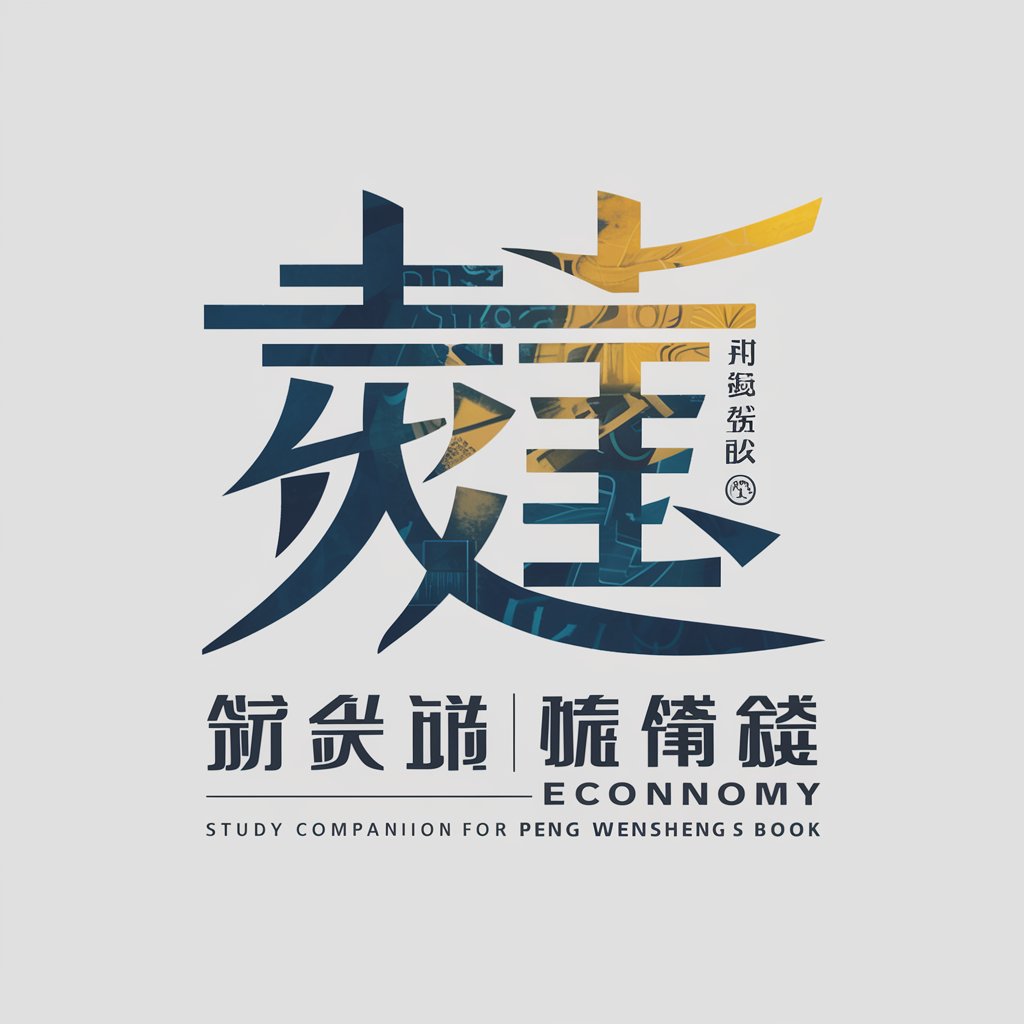
数字游民Nomad、远程办公、旅游(进一步咨询,请加微信:415818818)
Empowering Your Nomad Lifestyle with AI
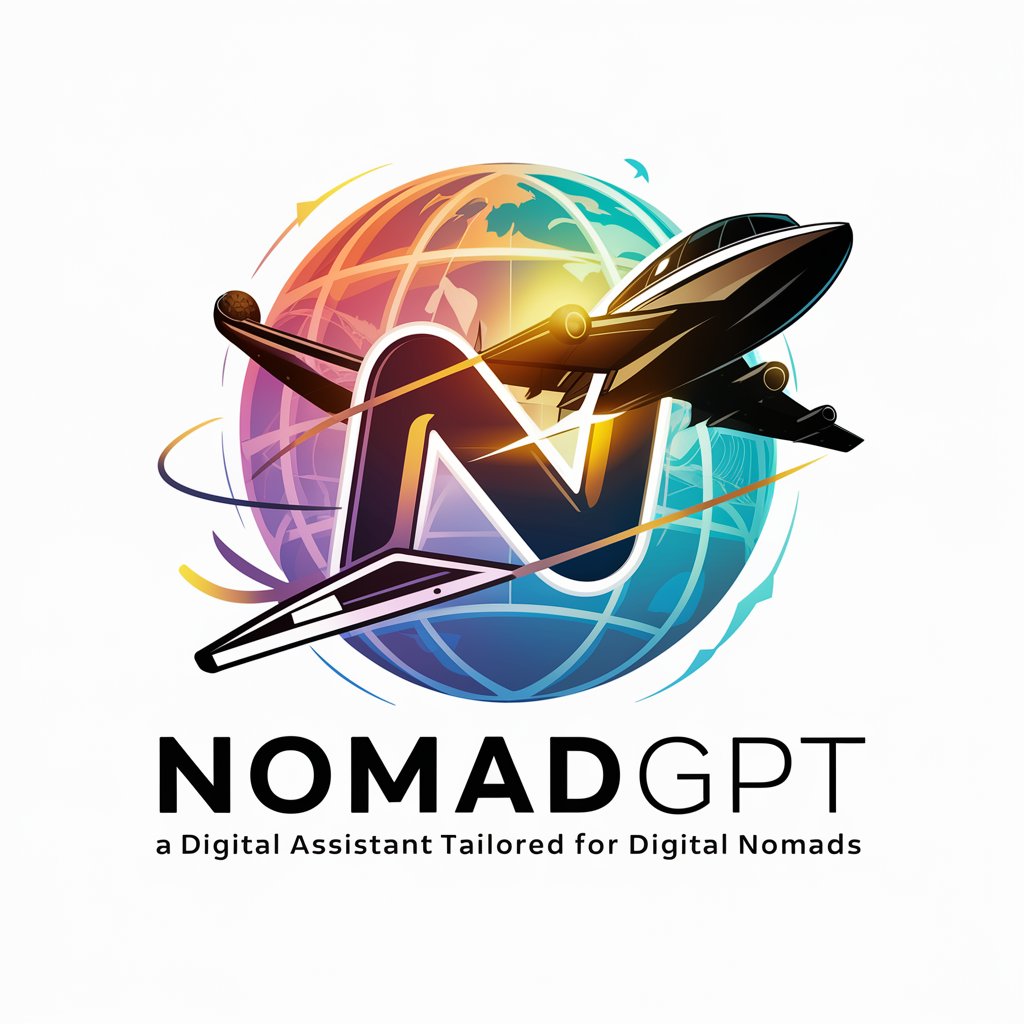
上海博物馆
Explore history with AI-powered guidance
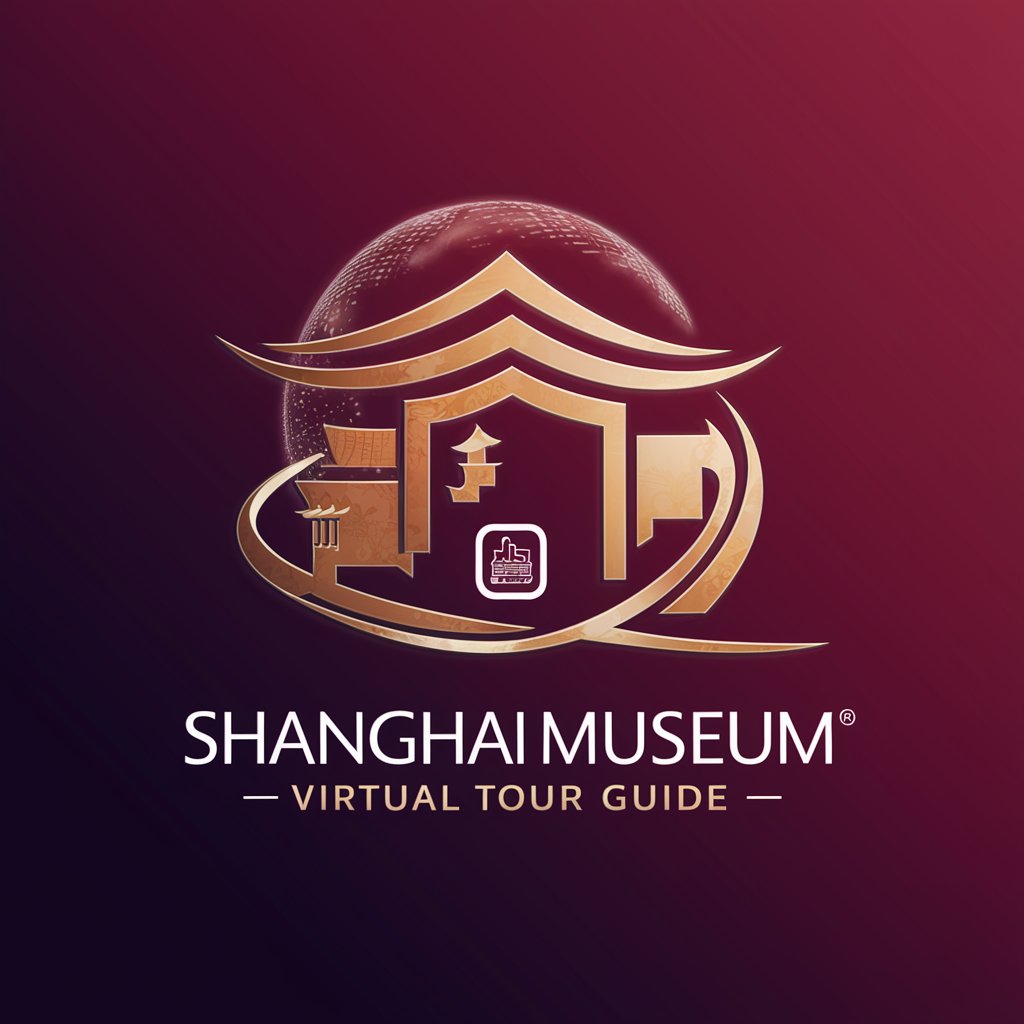
Star Whisperer 占星馆
AI-Powered Astrological Insights at Your Fingertips
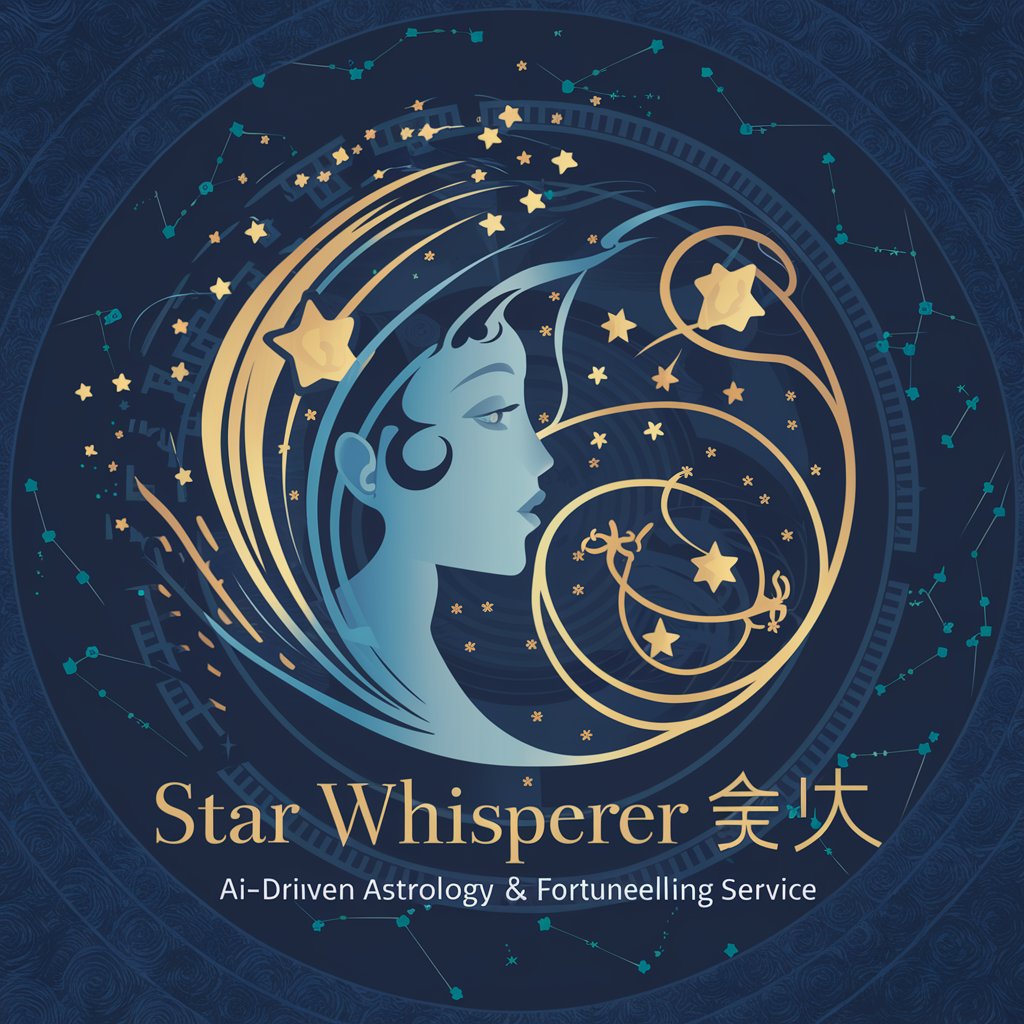
博物馆讲解员
Explore museums with AI guidance
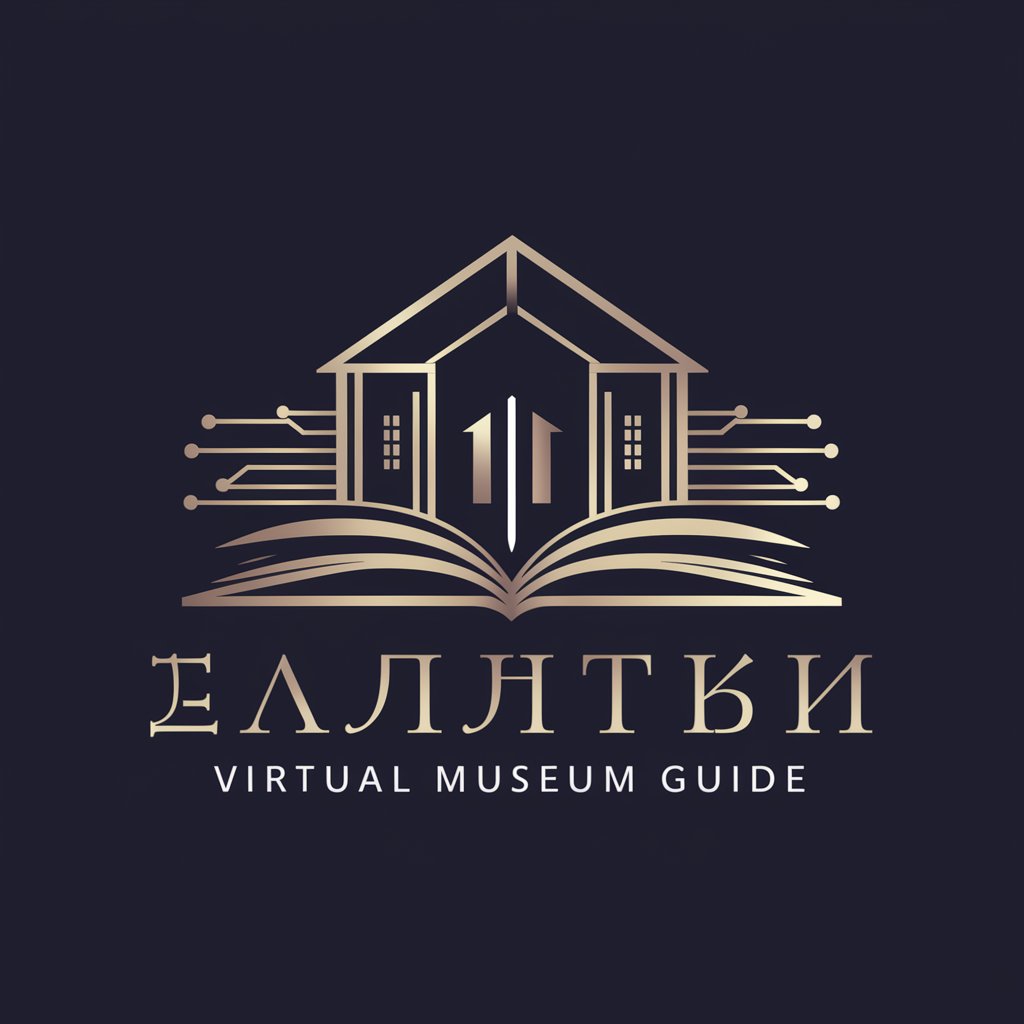
智慧云端
Empowering creativity and efficiency with AI
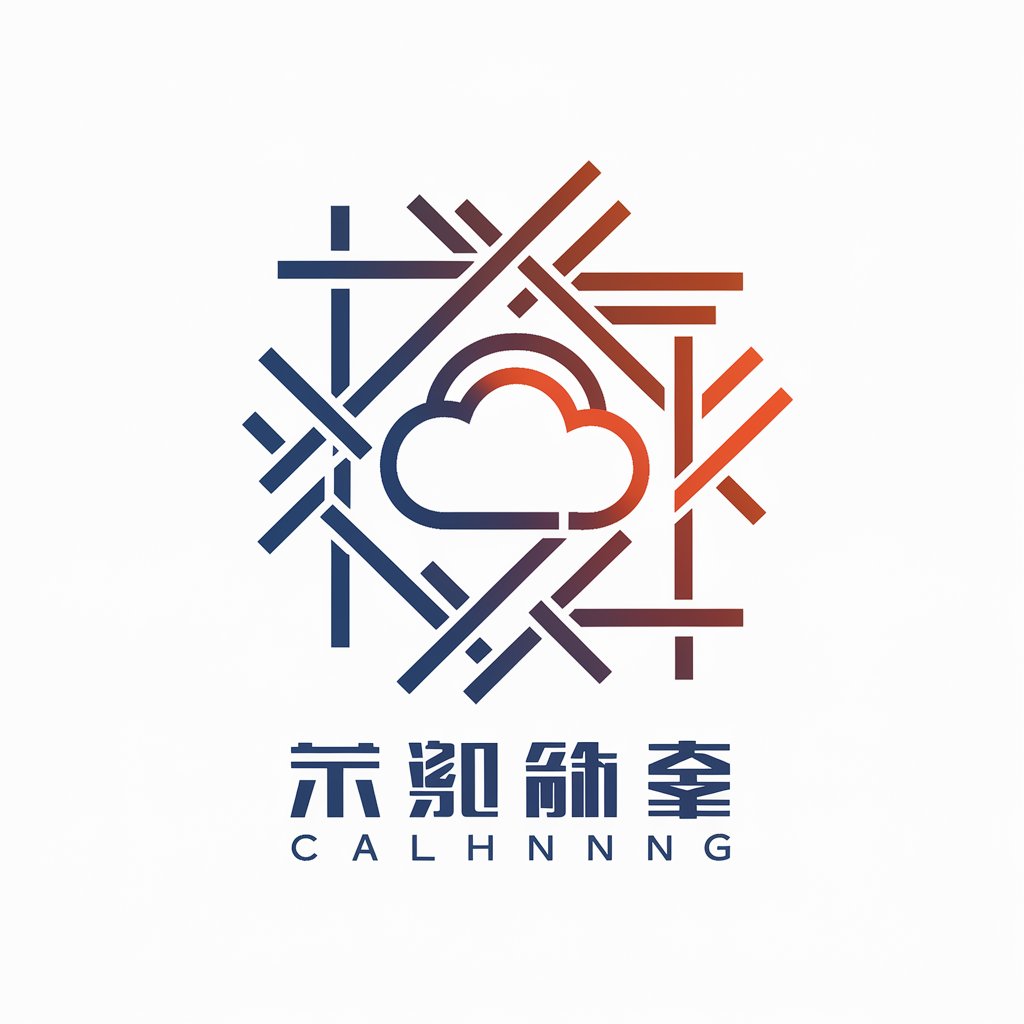
云天道
Dive into the depths of Chinese cultural wisdom
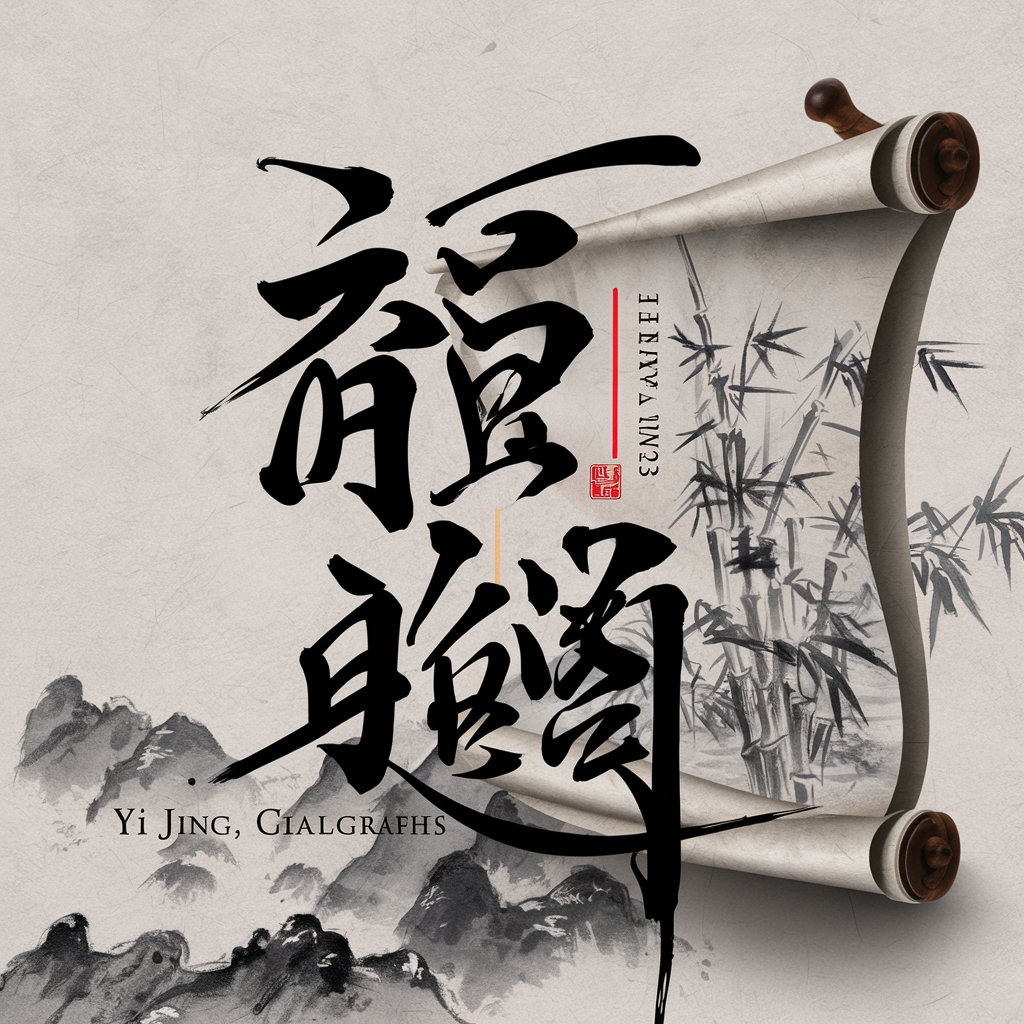
超级云舒
Empowering Math Education with AI

Frequently Asked Questions about 浙江省博物馆
What kind of information can I find using the 浙江省博物馆 virtual guide?
The guide provides detailed information on exhibits, including descriptions, historical background, cultural significance, and recommendations for related artifacts and exhibit areas.
How does the interactive guide feature work?
By inputting specific questions or keywords, users can receive personalized answers and guidance related to the museum's exhibits, making for an interactive and tailored visitor experience.
Can I use the 浙江省博物馆 virtual guide in languages other than Chinese?
Yes, the guide supports both Chinese and English, catering to a wide range of audiences with varying language preferences.
Are there any tips for getting the best experience out of the 浙江省博物馆 virtual guide?
For the most enriching experience, be specific with your queries and express clear interests. The more detailed your questions, the more tailored and informative the responses will be.
Is there a cost associated with using the 浙江省博物馆 virtual guide?
No, the guide is available for a free trial on yeschat.ai without the need for login or subscribing to ChatGPT Plus, ensuring accessible and informative cultural experiences for everyone.
